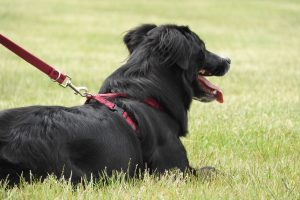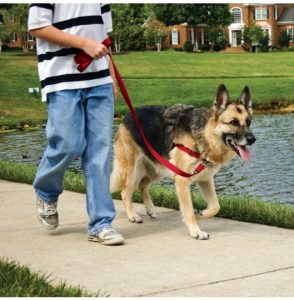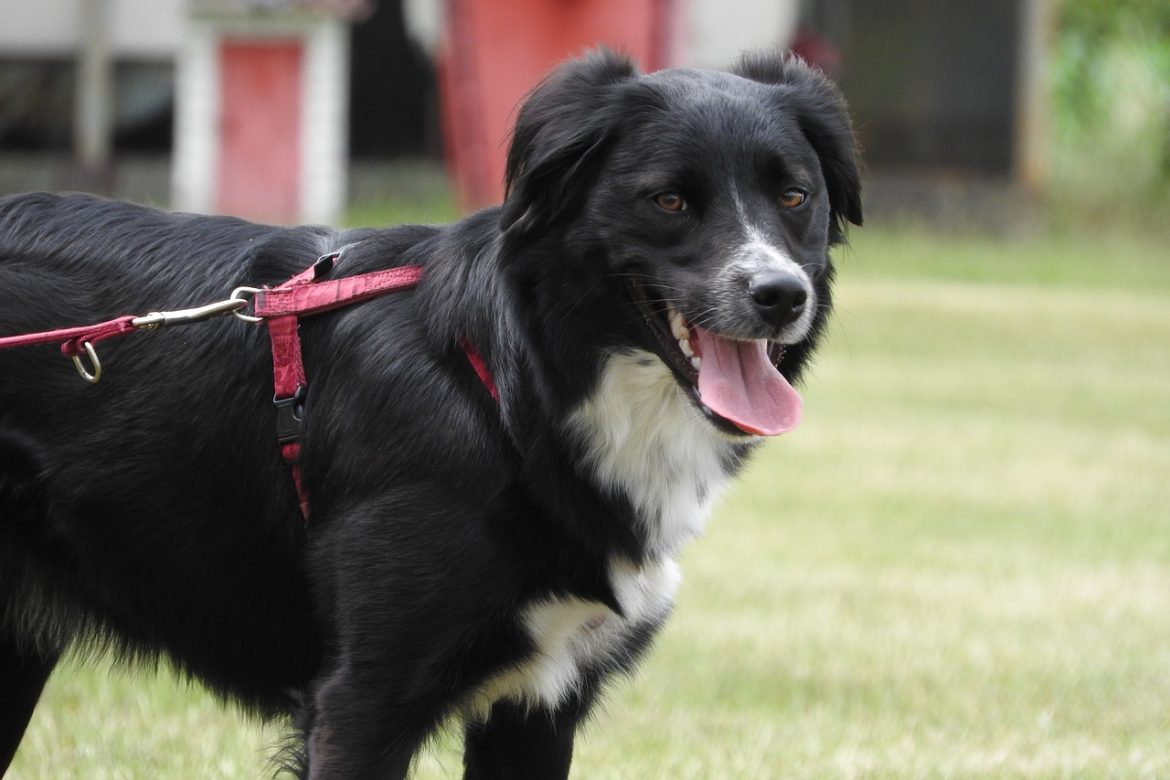There’s no better feeling than going for a walk with your dog. But do you have all the right equipment? Having the right leash and harness can make a remarkable difference to your pooch’s behaviour when walking and helps him or her start putting their best paw forward!
Leashes
Although popular with dog owners, you won’t find many dog trainers who would recommend the use of a retractable leash. The whole purpose of using a leash for your dog is to keep them safe and under control whilst out and about and the retractable leash does not allow for either. Retractable leashes can extend up to 8m and so let your dog to be so far away that they can get into a dangerous situation very quickly with you unable to get control of the situation. At 8m away from you, your dog could stray somewhere it shouldn’t, towards an aggressive dog or into the path of a vehicle, and a lot of damage could be done before you have time to catch up.
Aside from ending up in dangerous situations, retractable leashes can cause injury to your dog if they are running when the leash reaches its full length and they are jerked backwards. Your excitable pooch has no awareness of how much leash is left and so doesn’t know to slow down! Neck wounds, lacerated tracheas and spinal injuries can all occur when using a retractable leash. Not to mention, the leashes are made of such thin material – sometimes literally just a string – they can snap with relatively little force.
Instead of a retractable leash, try a standard leash in whichever material you prefer and is right for your dog. Nylon is the most common, durable material but you can pick up leashes made of leather and cotton (particularly good for dogs who like to get wet!). If you’re out at nighttime a lot, check out our recommended walking gadgets to keep your pooch safe, including LED leashes.
Harnesses
Walking your dog with just a collar can cause serious damage to his/her trachea, unless your dog is well trained and never pulls on the leash. There are a couple of different types of harness which attach to the leash and will avoid any damage to your dog’s throat and can help with training your pooch to stop pulling altogether.
Back Clip Harness
Easy to put on and available in all kinds of funky colours and designs, the back clip harness allows you to keep your dog out of harm’s way without causing damage to his throat or neck. This harness type is great for trained dogs who do not pull on the leash. When used with non-trained dogs who like to pull, back clip harnesses can encourage the pulling and other harnesses may be a better option.
Chest Clip Harness

The chest clip or front clip harness is great to help train perpetual pullers. If your dog is continually pulling on the leash, try a chest clip harness such as the EasyWalk and see the difference. The front clip allows for you to have more control over your pooch’s pulling and means they are naturally turned around if they start to pull. This means the dog is facing you and allows for plenty of positive reinforcement once the leash is slack. Most dogs soon catch on and will stop yanking on the lead after not too long. One thing to be aware of though, don’t let the leash become too slack as it can become tangled in your dog’s front legs.
If you don’t have time to walk your pooch yourself, book a Mad Paws Dog Walker to do it for you!


